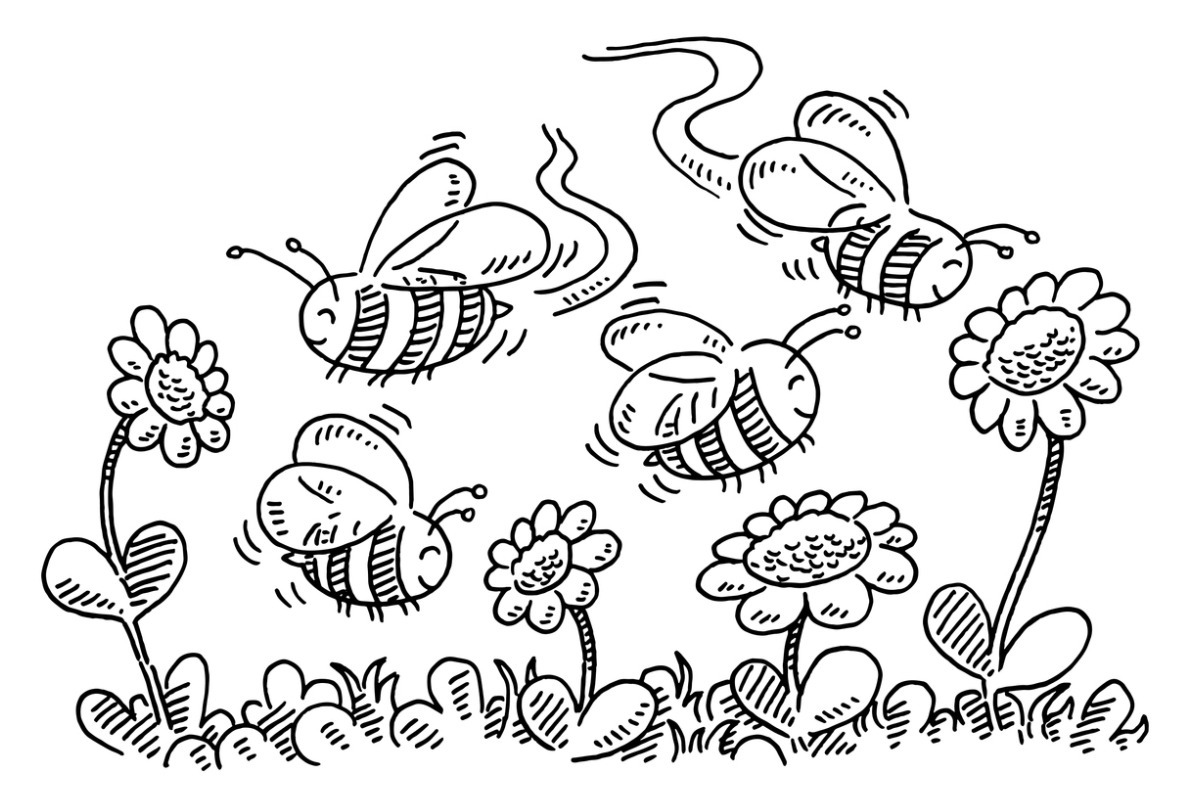 Is the Federal Reserve in its rate-hiking end game? That’s the big question about Wednesday’s Fed meeting.
Is the Federal Reserve in its rate-hiking end game? That’s the big question about Wednesday’s Fed meeting.
The overwhelming odds, according to the futures market, are for a 0.75 percentage point increase in the November meeting, followed by a 0.50- to 0.75-point boost in December. That would bring the benchmark fed funds rate to a maximum band of 4.50% to 4.75%, from 3.0% to 3.25% now.
If so, that’s quite a bit higher than the current level. But considering that the rate was near zero at the start of this year, the market forecast suggests that the pain is coming to a close and the worst part is over.
Notice what is not part of this prognostication: a pivot to cutting rates. Of course, a recession in 2023 could well change the Fed’s thinking, which now is focused on pulling down the stubbornly high inflation rate. On the flip side, the Fed may elect to blow past what the futures say and tighten even more in the face of resistant price escalation.
Nonetheless, the betting right now is for the increases to be over in the near future. As an LPL Financial research report puts the matter, while Fed Chair Jerome Powell “has repeatedly stressed, the Fed will ‘keep at it,’ he also noted at the end of September the Fed would soon be approaching the time to slow down.” LPL points out that some Fed officials have indicated “it is now time for the Fed to downshift rate increases as the economy responds to earlier rate hikes.”
For sure, investors hope the Fed will wind up its raises, even if lowering rates again doesn’t soon follow. “The market wants to believe that the Fed, they’re going to get to 5% and stay there for a while,” Rick Rieder, BlackRock’s chief investment officer of global fixed income, told CNBC. “People are tired of getting bludgeoned, and I think they want to believe the bludgeoning is over.”
Continued raises are one thing, and reducing rates is another. To Ken Mahoney, CEO of Mahoney Asset Management, any Fed pivot is far off. The reason is that Fed officials “are stern on their hawkish tone and we expect that to continue.” Still, he adds, the end of the raises may be close. “It would be tough to say they’re only in the second to third inning of rate hikes, and we believe it’s more like the sixth or seventh inning.”
There are some indications that economic growth may be starting to lag, so then inflation may be topped out – which could ease further Fed hawkishness. The housing market, for instance, has begun to flag.
Danielle DiMartino Booth, CEO and chief strategist of Quill Intelligence, argues that the Fed is getting what it wants. “We have reached peak inflation, as pricing power is being challenged and supply chains are healing,” she says.
And if the Fed keeps raising rates, it will run into political trouble, in Booth’s eyes: “The shifting political winds pose the greatest challenge to the Fed and its independence. There are increased pleas for the Fed to pause its rate hikes due to the notion that job losses are worse than inflation for most households.”

